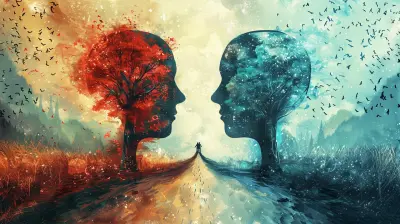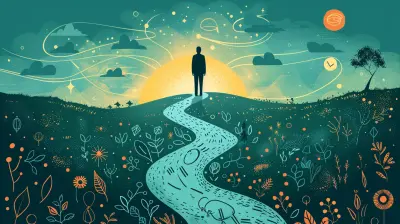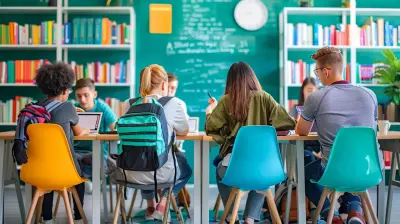Why Media Literacy is More Important Than Ever
26 July 2025
In a world where a tweet can start a riot and a meme can shift public opinion faster than any history book ever could, it’s safe to say we’re teetering on the edge of a knowledge revolution—or an information apocalypse. Media literacy isn’t just a nice-to-have anymore. It’s not icing on the educational cake. Nope. It’s the cake, the frosting, and the fork.
So buckle up, because we’re diving into the wild, weird, and wildly important world of media literacy and why understanding what’s behind the scroll, swipe, and share has never been more essential.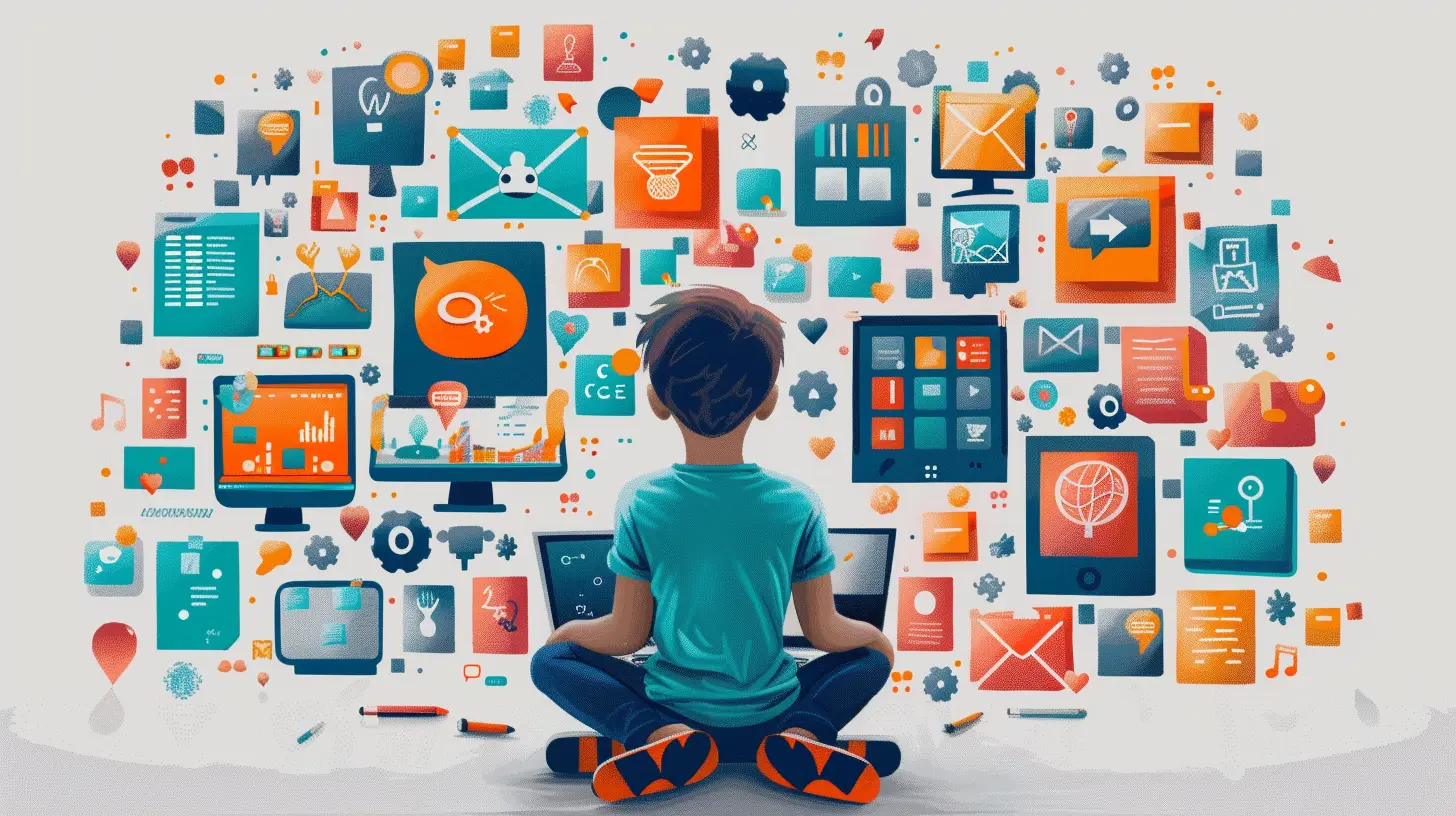
What Is Media Literacy (And Why Should I Care)?
Okay, first things first—what the heck is media literacy?Media literacy is basically the secret sauce that lets you analyze, evaluate, and create messages in a variety of media formats. In simpler terms? It's your brain’s filter system for B.S. It helps you figure out what’s real, what’s fake, what’s a clever ad pretending to be news, and what’s just your cousin ranting on Facebook.
Without media literacy, the internet is like wandering around a library where all the books are shuffled, mislabeled, and written by people trying to sell you protein powder or conspiracy theories. Sounds... chaotic, right?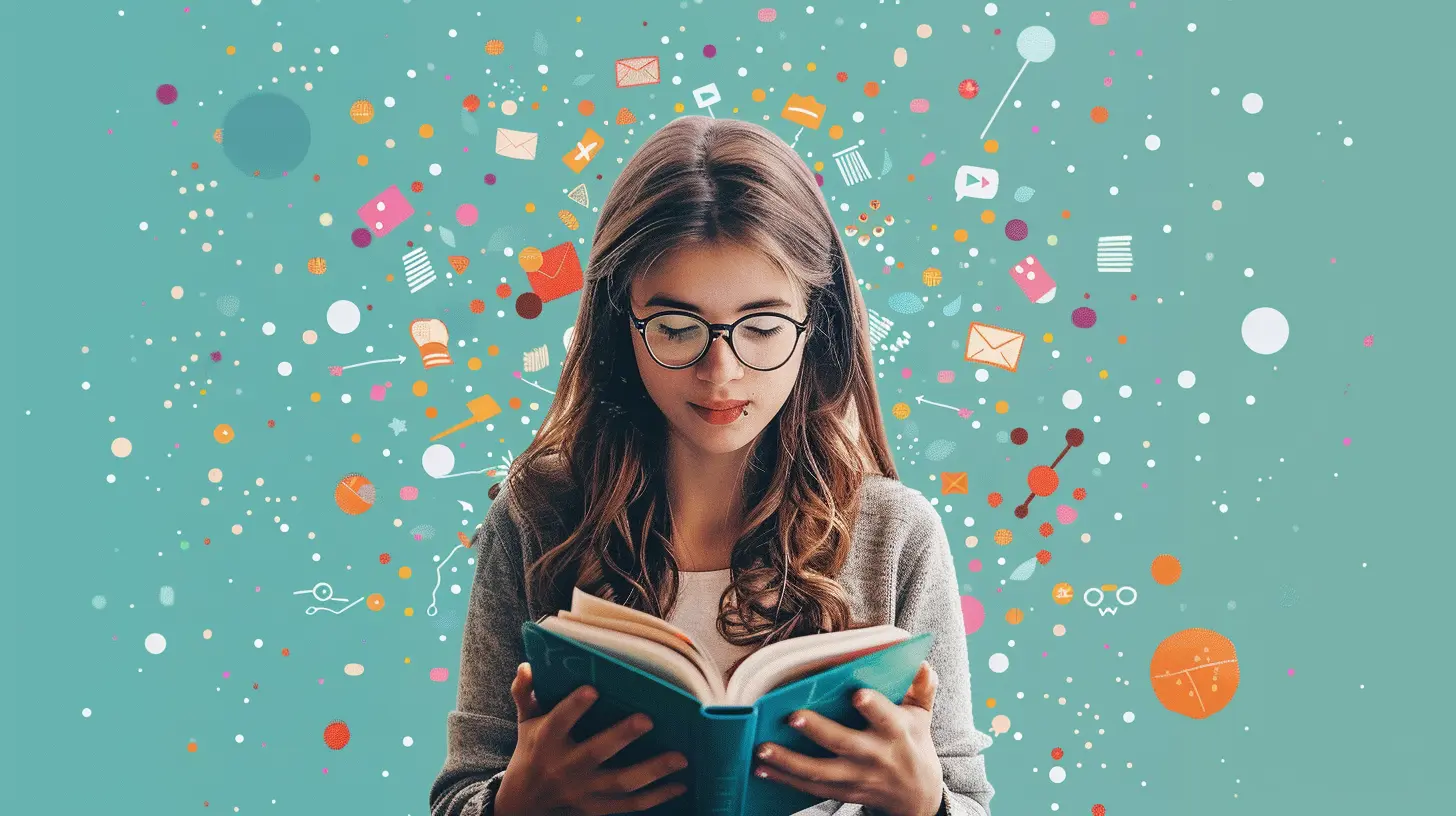
The Digital Floodgates Are Wide Open
Once upon a time, we had like, five major news outlets and limited options. Fast forward to now? Everyone with Wi-Fi and a smartphone can become a self-proclaimed journalist, influencer, or guru.Information is coming at us from every direction—TikTok, YouTube, podcasts, blogs, tweets, Instagram posts, WhatsApp forwards from your grandma (usually involving suspicious life hacks or political rants).
The problem? Not all of it is accurate. Not all of it has good intentions. And definitely, not all of it is harmless.
We’re basically drinking from a firehose of content every day. Media literacy helps us sip smartly.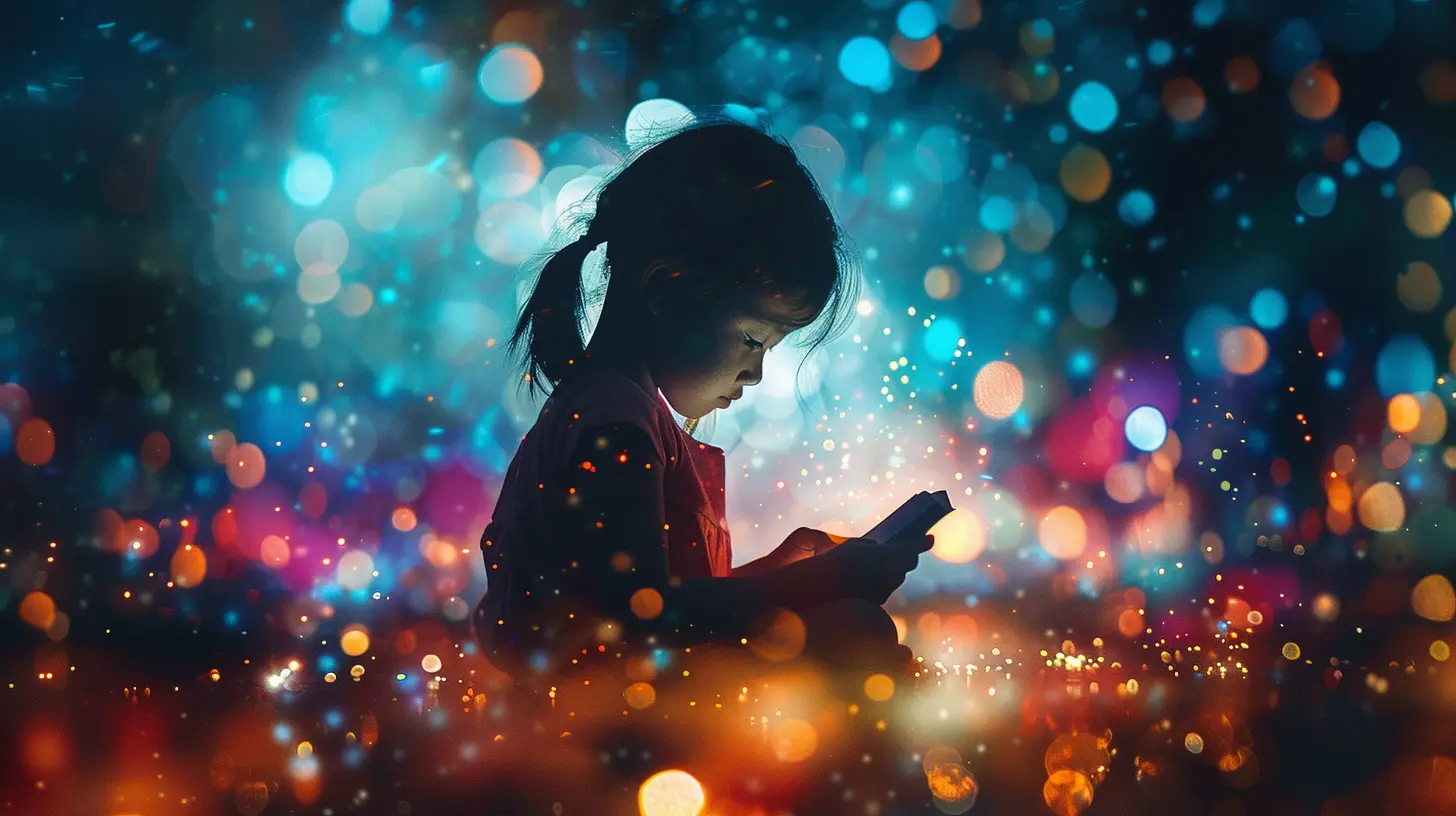
The Rise of Fake News, Deepfakes & Clickbait Chaos
Fake news isn’t new. But now it’s smarter, slicker, and sneakier. It wears a suit and tie, uses professional graphics, and sometimes even mimics legit websites. And then there’s deepfakes—those eerily realistic videos where people appear to say or do things they never actually did. Terrifying? You bet.Clickbait headlines? They’re like the candy wrappers of the internet—flashy, colorful, and often full of… nothing. “You won’t BELIEVE what happened next!”—yes, we will, and no, we won’t click.
Media literacy acts like your brain’s antivirus software. It keeps you from falling for this digital bait-and-switch. It teaches you to ask: Who made this? What’s their motive? Is this a solid source or just someone with a ring light and a grudge?
Misinformation Moves Faster Than Truth
You’d think the truth would be a sprinter, right? Lightning fast and confident. But in today’s digital age, the truth is more like your uncle trying to download Zoom—it’s slow and awkward, while lies go viral before your coffee’s even brewed.According to academic studies (yeah, we looked!), false stories spread six times faster than true ones on social media. Why? Because they’re designed to provoke emotion—rage, shock, awe.
Media literacy helps us pump the brakes. It gives us the tools to fact-check, research, and resist the urge to share that spicy post without knowing if it’s legit.
Media Shapes Our Beliefs and Behavior
Here’s the kicker: Media doesn’t just inform us. It molds us.From political views to fashion trends, from health choices to how we understand climate change—media has a huge say in what we believe. If your information diet is made up of junk media, you’re feeding your brain mental fast food. And just like your body, your brain needs veggies (aka, verified sources and diverse perspectives).
When we’re media literate, we don’t just swallow content—we chew on it, question it, and sometimes spit it out.
Young People Are Most at Risk (and Have the Most Power)
Let’s talk about Gen Z and younger. They’re digital natives—born into screens, raised by Wi-Fi, fluent in emoji.But while they're super savvy with tech, that doesn’t automatically make them media literate. In fact, being bombarded with so much content from such a young age can lead to major confusion between what’s authentic and what’s manufactured.
But here’s the twist: They also have the most power to change the narrative. With a tweet, a video, or a well-done TikTok, young people can combat misinformation, call out injustice, and reshape the online world. Media literacy gives them the tools to do it right.
Politics, Propaganda, and Polarization—Oh My!
Ever feel like everyone is shouting and no one’s listening? Welcome to the modern-day political landscape.Media outlets often have biases. Algorithms are designed to show us content we already agree with. This creates echo chambers—places where your views are simply echoed back to you so you think everyone agrees. Spoiler alert: they don’t.
Media literacy opens the door to critical thinking. It helps you spot bias, question motives, and (brace yourself) engage with diverse opinions without turning into a rage monster.
Advertising in Disguise: Spot the Hidden Messages
Ads are no longer just in commercials. They’re embedded in YouTube videos, snuck into podcasts, and hidden in influencers’ "organic" content.That smoothie your favorite blogger swears by? Probably a paid promotion. That “must-have” gadget from that review site? Likely funded by the manufacturer.
Media literacy helps you become a detective. You start spotting product placement, questioning endorsements, and making decisions based on facts—not fake enthusiasm.
Schools Need to Teach It (Like, Yesterday)
Why are we still teaching kids how to write checks in school but not how to tell the difference between a real news outlet and a sponsored blog?Media literacy should be as basic as reading, writing, and math. Seriously. Imagine if every student graduated with the skills to:
- Detect fake news
- Understand algorithms
- Distinguish facts from opinions
- Respect diverse perspectives
- Spot bias in reporting
Game-changer, right?
Careers Demand It Too—Not Just Journalists
Think media literacy is just for communications majors or future CNN anchors? Nope. Think again.In today’s workplace, from marketing to HR to customer service—being media savvy is a must. Understanding how messages are crafted, received, and interpreted can make or break a brand. It helps employees navigate workplace culture, internal communication, and public messaging.
Basically, media literacy doesn’t just make you smarter online—it makes you a rock star at work too.
The Mental Health Factor: It's Real
Let’s get real—constant exposure to media takes a toll on our mental health. From doomscrolling through bad news to comparing ourselves to filtered versions of other people's lives—it's exhausting.Media literacy encourages mindful consumption. It teaches balance. It reminds us that Instagram is a highlight reel, not real life. That online arguments rarely lead to productive change. That it's okay to unplug, log off, and come up for air.
It’s Not Just About Knowing—It’s About Doing
Being media literate isn’t just about spotting fakes—it’s about speaking up. It’s about sharing responsibly, calling out bogus info, and being part of the solution.It’s about becoming a creator of conscious content, not just a passive consumer. Whether you’re posting, tweeting, blogging, or vlogging—media literacy helps you add value, not noise, to the digital world.
So, Where Do We Go From Here?
Here’s the deal: We can’t stop the information flood. The internet’s not slowing down for anyone. But we can get better at swimming through it.Start by being curious. Ask questions. Check sources. Talk about what you read. Teach your kids. Share with your peers. Challenge your assumptions. And above all—stay humble. We’re all still learning.
Media literacy is no longer optional. It’s survival.
Final Thoughts: Your Inner Skeptic Is Your New Best Friend
In the end, media literacy is like building a relationship with your inner skeptic. Not the “trust no one” tinfoil hat kind. More like the “huh, where did this come from?” thoughtful kind.In a world of endless scrolling, endless opinions, and endless distractions, the ability to pause, think, and filter? That’s your superpower.
So go ahead—start asking questions. Be the curious weirdo in your group that goes, “Wait, is that true?” Because that’s exactly the kind of weird this world desperately needs.
all images in this post were generated using AI tools
Category:
Media LiteracyAuthor:

Madeleine Newton
Discussion
rate this article
1 comments
Daniel Franco
Empower yourself: choose informed awareness today!
August 4, 2025 at 4:00 AM

Madeleine Newton
Thank you for your insightful comment! Empowering ourselves through media literacy is indeed crucial in today’s information landscape.
